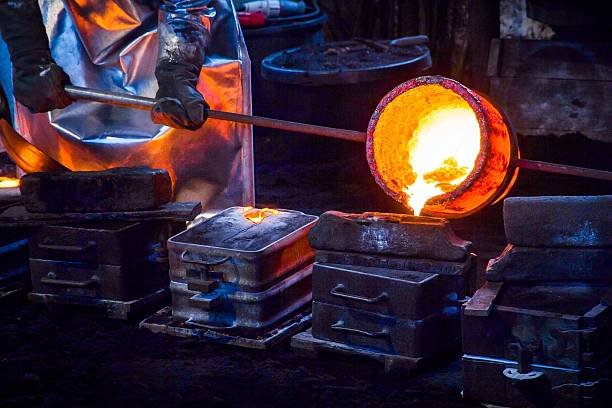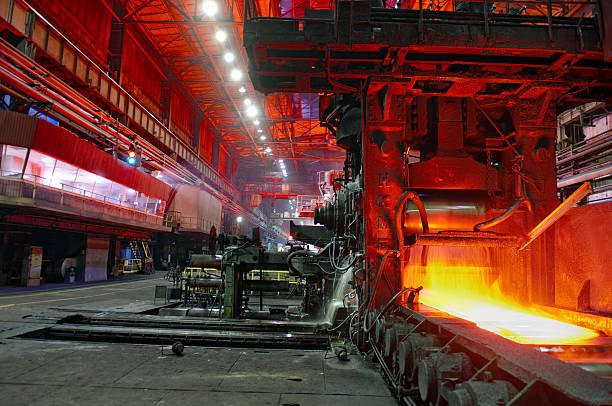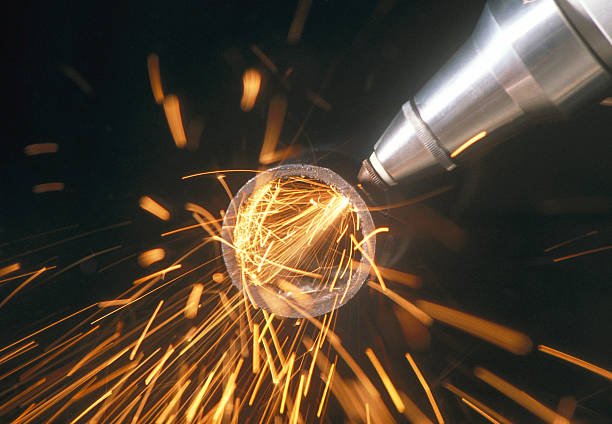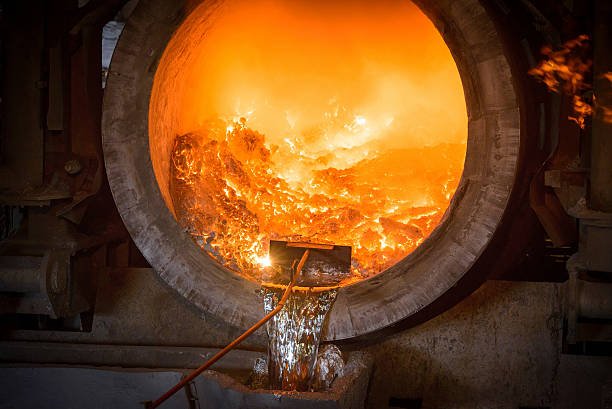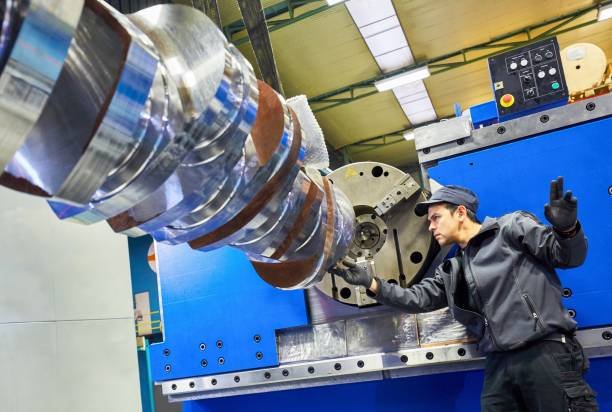What is an alloy?
An alloy is a mixture of chemical elements , which forms an impure substance (admixture) that retains the characteristics of a metal . An alloy is distinct from an impure metal in that, with an alloy, the added elements are well controlled to produce desirable properties.
Combining several elements in different proportions forms an alloy. When an alloy consists of two components, it is called a binary alloy. An alloy with three components is a ternary alloy, and an alloy with four components is a quaternary alloy. The resulting metallic substance has properties that are significantly different from those of its components. Modifying the composition by 1% can change the property of one unit of an alloy system.
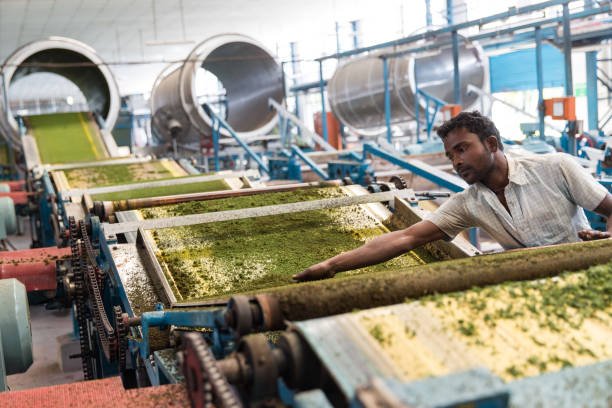
Classification of Alloy
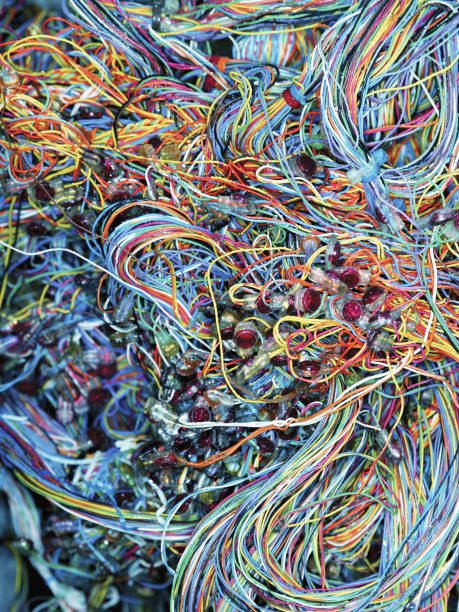
Ferrous alloys: These alloys contain Iron as a major component. some examples of ferrous alloys are Stainless Steel,Gold, Bismuth, and Zirconium, Cobalt, Gallium, Silver.
Non-ferrous alloys : These alloys do not contain Iron as a major component. e.g of some common nonferrous alloys are Aluminium,Copper, Tin, Nickel, Magnesium, Brass, Bronze and Titanium.
Types of Foundries Based on Alloys Cast
- Cast iron foundries
- Malleable iron foundries
- Steel foundries
Cast iron foundries
The cast iron foundries include;
- Gray iron
- White iron
- Malleable iron
- Spheriodal graphite (S. G) iron
- Any of a wide variety of irons containing special purpose allowing elements.
Malleable iron Foundries
This is an amiable white iron which handles castings made from iron materials such as;
- White hearth and
- Black hearth
Other special grade of cast iron can be handled by this foundry e.g spheroidal graphite cast iron (SG) and meehanite cast iron.
Steel Foundries
Cabon steels which are relatively low carbon ferrous alloys, such as mild and medium carbon steel, and
Alloy steels : Any steel with appreciable amounts of special alloying elements, such as steels with higher percentages of carbon, chromium, nickel, vanadium and tungste, e.t.c
- Aluminium alloys; any of a wide variety of alloys in which aluminium is the parent metal.
- Copper alloys : any alloy with copper as the parent metal, including all the brasses and bronzes.
- Magnesium alloys : any of a number of alloys in which magnesium is the parent metal including those known as downmetals.
Importance of Alloys
Pure metals possess few important physical and metallic properties, such as melting point, boiling point, density, specific gravity, high malleability, ductility, and heat and electrical conductivity. These properties can be modified and enhanced by alloying it with some other metal or nonmetal, according to the need.
Alloys are made to:
Modify colour : The colour of pure metal can be modified by alloying it with other metals or nonmetals containing suitable colour pigments.
Provide better castability: One of the most essential requirements of getting good castings is the expansion of the metal on solidification. Pure molten metals undergo contraction on solidification.Enhance the hardness of a metal: An alloy is harder than its components. Pure metals are generally soft. The hardness of a metal can be enhanced by alloying it with another metal or nonmetal.
Enhance corrosion resistance : Alloys are more resistant to corrosion than pure metals. Metals in pure form are chemically reactive and can be easily corroded by the surrounding atmospheric gases and moisture. Alloying a metal increases the inertness of the metal, which, in turn, increases corrosion resistance.
Lower the melting point: Pure metals have a high melting point. The melting point lowers when pure metals are alloyed with other metals or nonmetals. This makes the metals easily fusible. This property is utilized to make useful alloys called solders.
Enhance tensile strength: Alloy formation increases the tensile strength of the parent metal.
How to form Alloys
There are four commonly employed methods for the formation of alloys.They include ;
Fusion method.
The electro-deposition method.
The reduction method and
Powder metallurgy.
Fusion method : This method uses alloying elements in a fixed proportion and fuses them together in a refractory melting pot or in a brick-lined crucible. The component metal with a higher melting point is melted first and then the other component with a lower melting point is added to the melt. Both metal components are mixed well and allowed to melt further. The molten mass is covered by powdered Carbon to avoid oxidation of the molten alloy components because they are very reactive to the surrounding atmospheric oxygen.
The Electro-Deposition Method : This method involves simultaneous deposition of different component metals from the electrolytic solution containing their salts solution mixture by passing direct electricity.
The Reduction Method : Metal may exist in the form of compounds. Reduction is a chemical process in which a compound of one component can be separated from another component, to get a pure metal. This method is performed in an electric furnace.
Powder Metallurgy :
Powder metallurgy may be defined as the art of producing fine metal powders and then making articles from individual metal powders or alloyed metal powders.
Uses of Alloys
For many decades, many industries have used alloys. below are some of essential uses or application of alloys;
Alloys of Gold and Silver are used in the preparation of jewelry. White Gold, which is an alloy of Gold, Silver, Palladium, and Nickel is used as cheap alternative of Platinum. A wide selection of alloys is used in welding applications by numerous industries.
Stainless Steel is used in wire and ribbon forms for applications, such as screening, staple, belt, cable, weld, metalizing, catheter, and suture wire.
Alloys are also used to produce internal and external leads.
Nickel-Chromium, Nickel-Chromium-Iron, and Iron-Chromium-Aluminum alloys have been used for high-temperature heating elements.
Some alloys are used as resistance elements to control or measure electric current. Applications have included wire-wound resistors, rheostats, potentiometers, and shunts.High temperature alloys have been used for many aerospace and petrochemical applications. In addition, they have been used for welding wire, where elevated temperatures and harsh environments are routinely encountered. These alloys have been used in applications where corrosion resistance and high strength must be maintained at elevated temperatures.
Magnetic alloys are used for magnetic cores and dry reed switches. Quality control measures include magnetic testing to maintain consistently high standards of uniformity and performance.
Thermocouple alloys have found a wide-range of use in temperature sensing and control.
Alloys are also used as thermostat metals, radio and electronic devices, precision devises in aircraft controls, telecommunications, automotive applications.Some alloys function as corrosion-resistant materials and are used in moisture rich-environments.
In Conclusion
Ferrous alloys are iron based alloys that has extensive use in wide range of industries because of its flexibility to meet strength, toughness, and impact of diverse industrial applications. This flexibility depends on the heat treatment procedures, which modifies the final micro-structure. Examples of ferrous alloys include carbon steels, alloy steels, stainless steels, tool steels, cast iron, cast steel, maraging steel, and specialty or proprietary iron-based alloys.
Nonferrous alloys are specified for structural applications requiring reduced weight, higher strength, nonmagnetic properties, higher melting points, or resistance to chemical and atmospheric corrosion. They are also specified for electrical and electronic applications.
References
Ref1 , Ref2, Ref3, Ref4, Ref5 , Ref 6
If you write STEM (Science, Technology, Engineering, and Mathematics) related posts, consider joining #steemSTEM on steemit chat or discord here. If you are from Nigeria, you may want to include the #stemng tag in your post. You can visit this blog by @stemng for more details. You can also check this blog post by @steemstem here and this guidelines here for help on how to be a member of @steemstem.


